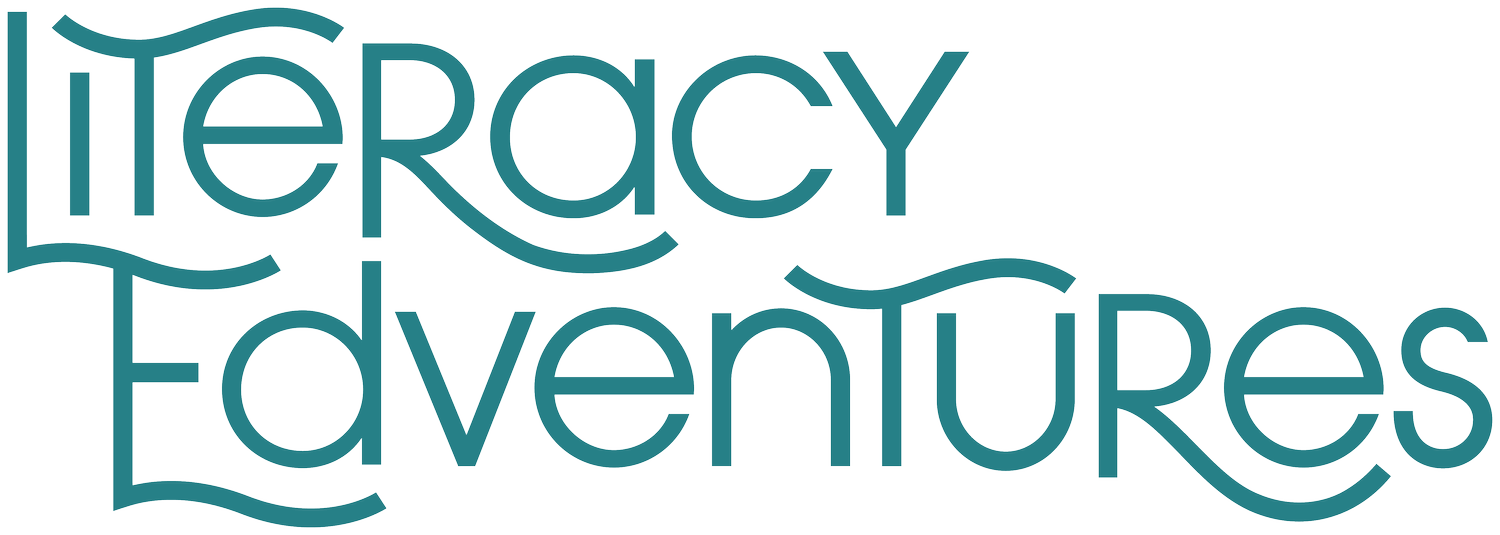Yearlong Phonics Pacing Guide
Podcast #48 - Yearlong Phonics Pacing Guide
Show Notes
You guys - it’s here! My Yearlong Phonics Pacing Guide for Grades K-2 is designed to help you plan and implement effective phonics instruction throughout the school year. Here, we’ll share tips on how to make the most of this invaluable resource in your classroom.
Plan Ahead: Take Control of Your Phonics Instruction
Ensure a smooth and successful school year by planning ahead.
Benefits of planning ahead:
You have organization and clear goals and timelines to keep you on track.
You have consistency to ensure a logical progression of skills.
You have flexibility because you’re able to see ahead and adjust the framework as needed.
Start by mapping out your phonics instruction for the entire year.
Use the pacing guide to outline your weekly goals and objectives.
Doing so will help you stay organized and, best of all, reduce stress throughout the entire year.
Weekly Implementation: Consistency is King
Follow a consistent plan in order to maximize the impact of your pacing guide.
Introduce new phonics skills as outlined in the guide and incorporate the recommended review activities.
A systematic and intentional approach like this reinforces learning and helps students build upon their prior knowledge.
Weekly implementation tips:
Routine: Establish a weekly routine with dedicated phonics instruction and review time.
Engagement: Use various teaching methods to keep students engaged and motivated.
Monitoring: Regularly assess students’ understanding and adjust instruction accordingly.
Adapt as Needed: Personalize Your Teaching
Because your classroom is unique, this pacing guide offers flexibility. Adjust the guide as needed to fit your student’s needs.
The phonics guide lays out 38 weeks, with the average school year being 42, so there’s plenty of wiggle room to adjust accordingly.
Do ensure though that you follow the order of skills so that they build upon one another.
How to adapt:
Assessments: Use formative assessments to gauge students’ progress and identify areas for adjustment.
Differentiate: Provide additional support or enrichment activities based on students’ needs.
Feedback: Regularly seek and incorporate feedback from students to improve your instruction.
Cumulative Review: Reinforce Learning
Incorporating cumulative review sessions regularly is crucial for reinforcing previous learning.
These sessions help identify any areas where students might need extra practice and ensure that skills are retained over time.
Our pacing guide includes built-in review sessions to make this process easy and effective.
Effective review strategies:
Interactive Activities: Use games, quizzes, and group activities to make reviews engaging.
Regular Intervals: Schedule review sessions at regular intervals to reinforce learning.
Focus Areas: Concentrate on skills that students find challenging to ensure mastery.
High-Frequency Words: Boost Reading Fluency
Integrating high-frequency words into your weekly lessons is essential for developing reading fluency.
This pacing guide includes both decodable and irregular (partially irregular and temporarily irregular) high-frequency words, providing students with comprehensive practice. Mastering these words can greatly improve students' reading confidence and proficiency.
Tips for teaching high-Frequency words:
Repetition: Encourage repeated exposure and practice to ensure retention.
Contextual Learning: Use high-frequency words in sentences and stories to provide context.
Visual Aids: Use flashcards for quick and easy games.
By following these tips, you can make the most of your Yearlong Phonics Pacing Guide and provide your students with a strong foundation in phonics. Remember: consistency, flexibility, and regular review are key to effective instruction. We hope this guide and our tips will help you create a dynamic and successful phonics program in your classroom!
For more tips and tricks, check out these resources:
Check out these awesome resources at Literacy Edventures that correlate to this interview!
Five Ways to Boost Your Phonics Instruction - Blog Post
Orthographic Mapping: Training the Brain to Read - Blog Post by Jessica Farmer
Why Your Heart Word Method Might Not Be Working - Blog Post (plus fun sight word games!)
Cumulative Review - Podcast with Savannah Campbell
Grab your FREE YEARLONG PACING GUIDE here at the bottom of this blog post!

